Suitcases and carry-on bags perform not only the main function of protecting the safety of things and their appearance, but also prevent them from getting dirty or wrinkled. It is worth understanding that the carry-on baggage itself should be protected from mechanical damage and negative environmental factors. If this is not done, then first the suitcase will suffer, and then the things themselves may get damaged. To prevent this from happening, you should buy a suitcase cover, but it will be better to make it yourself. This article will describe how to make a suitcase cover with your own hands, patterns for making covers.
Purpose of the case
The cost of cheap and expensive suitcases varies greatly. It depends not only on the brand, but also on the materials used and functionality. The cheapest option can be purchased for a couple of thousand rubles, while an expensive option, with a well-thought-out system of pockets and sections, will cost a hundred thousand rubles. One nuance is important: when loading luggage, it does not matter whether the suitcase is expensive or cheap, they are all subject to the same checks and can suffer during transportation: dents, scratches, etc. will appear. This is why an accessory such as a cover is needed.
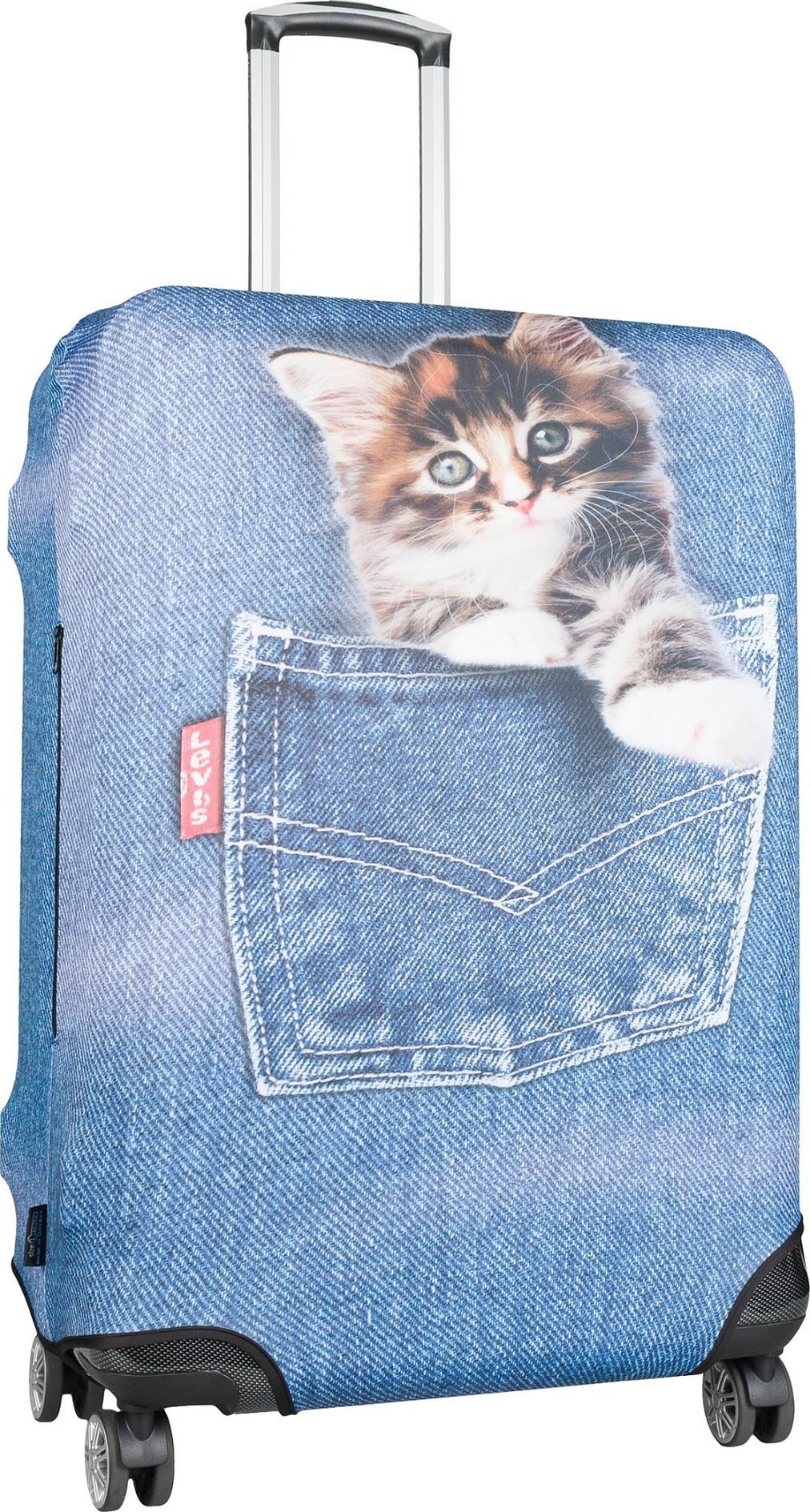
Important! People whose suitcases cost dozens of rubles simply cannot do without such an attribute.
The cover will also come in handy in cases where the luggage upholstery material is already dirty or scratched. This will help hide all its flaws and defects. Thus, the cover complements or emphasizes the style of the luggage owner.
There are several other reasons to buy this product:
- circumventing the rule of additional packing of a suitcase, which does not protect it from damage, but costs money;
- additional protection for things in case of failure of the suitcase lock;
- reducing the risk of theft of personal belongings;
- ease of care for a stylish attribute.
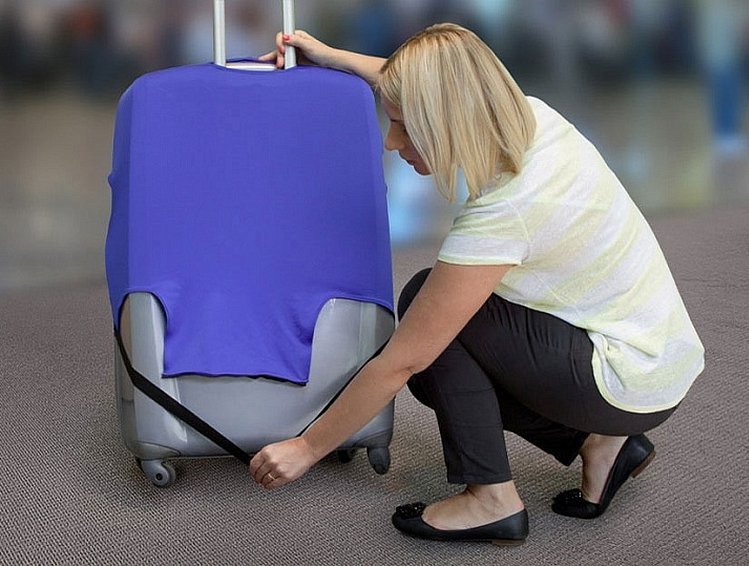
Sewing tools
To make a case yourself, you don't have to be a master of sewing and practice for decades. The process itself is not very complicated, but it does require certain skills and tools. For work you will need:
- sharp scissors;
- strong thread and a needle or sewing machine, awl;
- fabric that will be suitable in quality and other characteristics. You can take an old T-shirt.
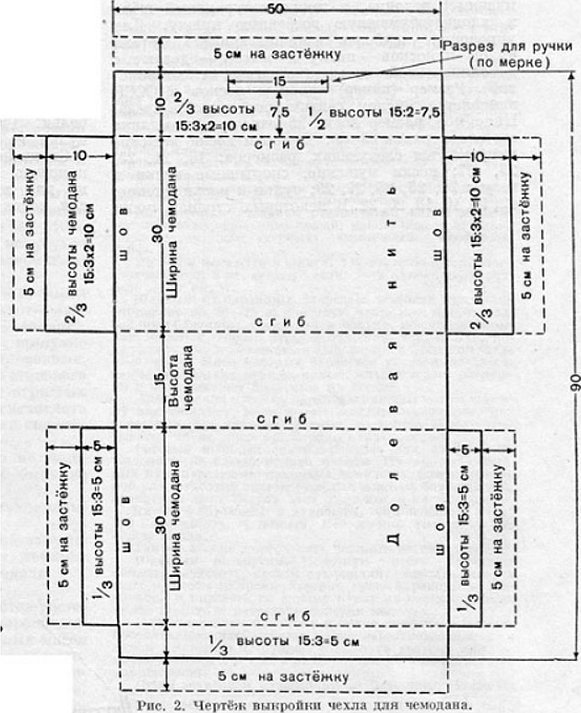
Selection of material
This section will describe in more detail the materials that can be used to sew a cover. The following fabrics are ideal for these purposes:
- Spandex, namely its waterproof variety. It is a very light material, which is quite wear-resistant and has dirt-repellent properties and good strength. Spandex does not fade and instantly takes its shape when deformed. It also has its negative sides: it quickly fades in the sun, and with careless use, snags appear on its surface.

- Neoprene. A fairly rare fabric with good thermal insulation. If you want it, you should pay attention to fabrics marked LS, S, HS, which will be an ideal option for a neoprene cover.
- Lycra. A rare pure material. For the cover, it is recommended to choose a mixture with viscose and footer. This is a fairly cheap material that holds its shape well and stretches;
- Burlap. The fabric is becoming more and more popular. It is advisable to use burlap with a minimum density for the cover. It is environmentally friendly and not expensive, but some are put off by the small number of colors and the impossibility of applying a pattern.
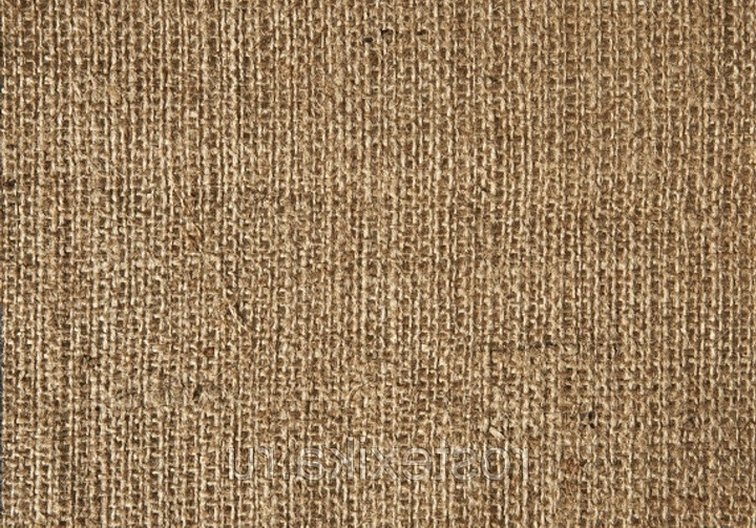
Designing a pattern
Before you start cutting, you should understand all the nuances of creating this accessory. Having made it once, you will no longer need to resort to the help of MK. The process is as follows:
- Inspection of the suitcase, taking into account all the locks and windows for handles, wheels. They can be isolated, or they can be made into internal pockets.
- Creating a pattern on rough fabric or paper. It is advisable to sew a trial cover from cheap and unnecessary fabric that will be similar in characteristics to the main one.
- Making a trial version. It will help to see all the shortcomings and errors that will be taken into account during the next sewing.
- Duplicating the cover with an internal lining layer, for example, synthetic padding.
- Careful processing of seams and other details: pockets, zippers and windows. The best option is to hide them under the lining.
- Use of tractor zippers, because they are more durable and wear-resistant than simple ones.
- Adding decorative elements in the form of pockets and decorations.
- Testing the finished accessory on your luggage.
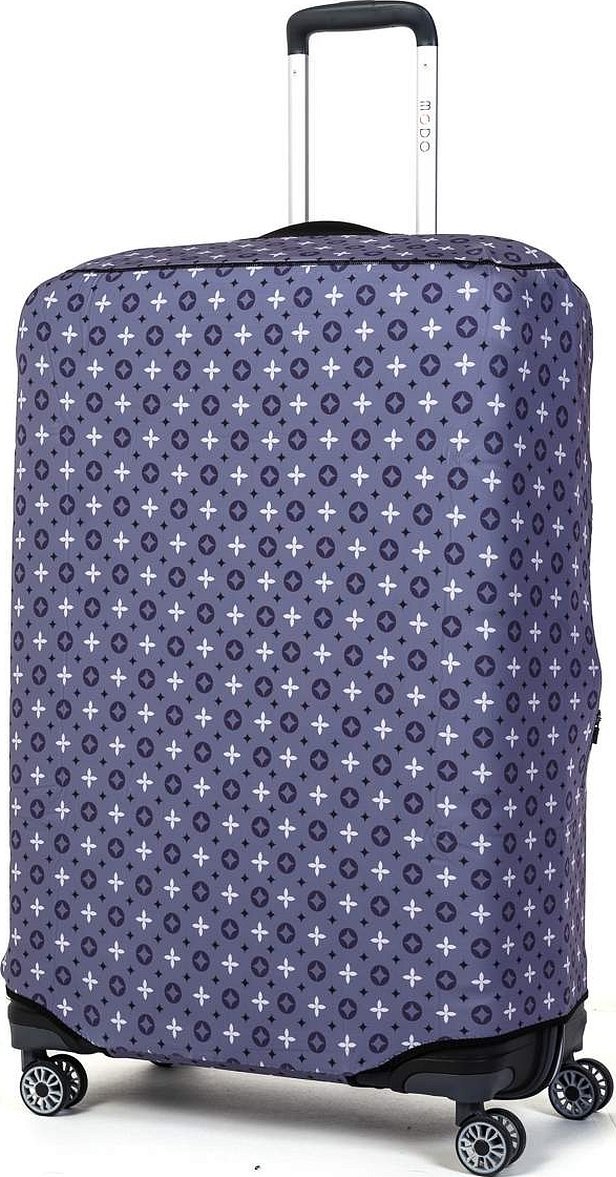
When sewing a product for large luggage of XL sizes, additional allowances should be taken for the seams, which are processed several times to give them greater strength.
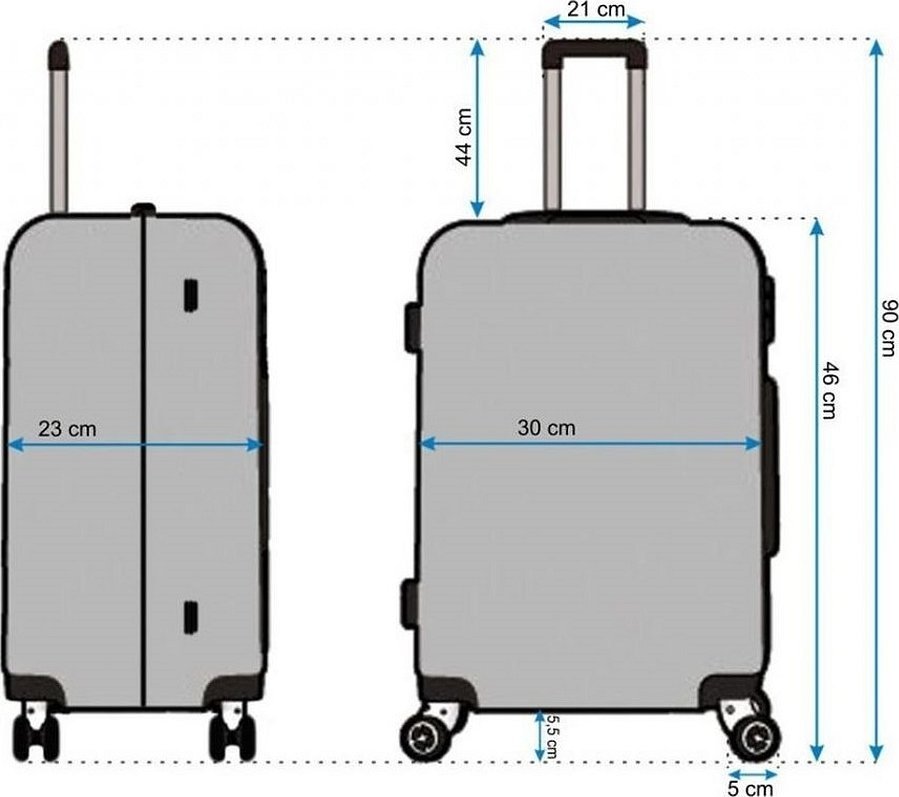
Step by step instructions
To sew this accessory, follow the step-by-step instructions:
- Inspect the suitcase, determine its dimensions and places for pockets, handles and wheels.
- Make marks on the suitcase and take the necessary patterns.
- Make a pattern using the measurements taken and the desired model from paper or old fabric.
- Sew a trial model to understand your mistakes and shortcomings.
- Cut out and sew a cover from the main fabric.
- Line the product with synthetic padding for added softness.
- Put the cover on the suitcase and check it.

How to choose a ready-made case
Before choosing a product, you should determine its main parameters:
- ease of use;
- quality of material;
- method of care;
- dimensions;
- manufacturing company.
It is clear that the second and third points are related. Care directly depends on the type of material and its quality. It is advisable to choose a durable and wear-resistant fabric that requires virtually no care.
Important! The cover should be liked by the owner and be as convenient as possible when used with a specific type of luggage. If it is not clear even how to put it on, then this option is not suitable.

The question of how to sew a cover will be simple for those who have ever wondered how to sew a suitcase. Patterns with sizes for sewing a cover for a suitcase with your own hands can be found on the Internet in large quantities, but making them yourself will not be difficult.




